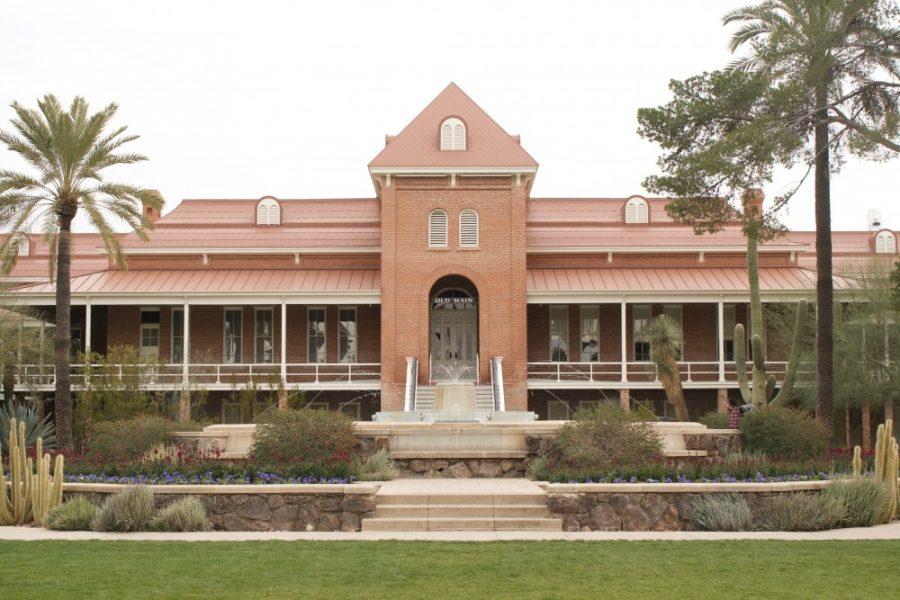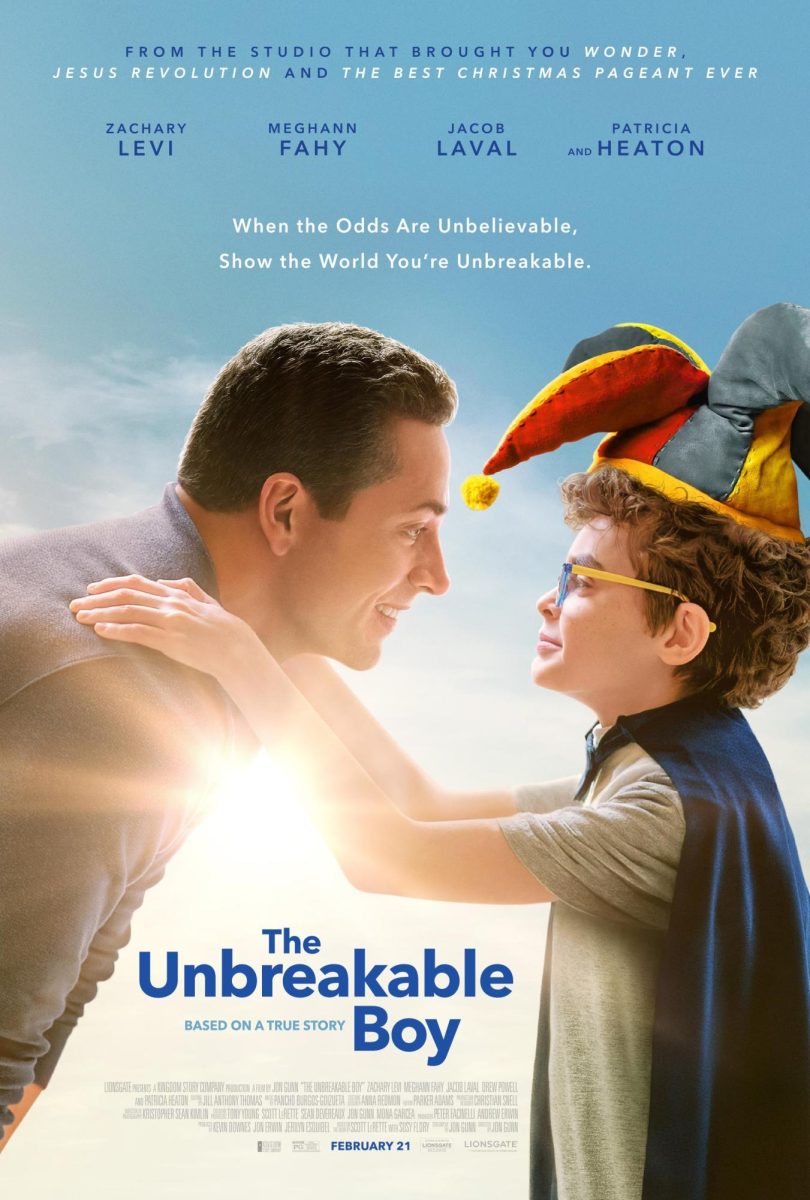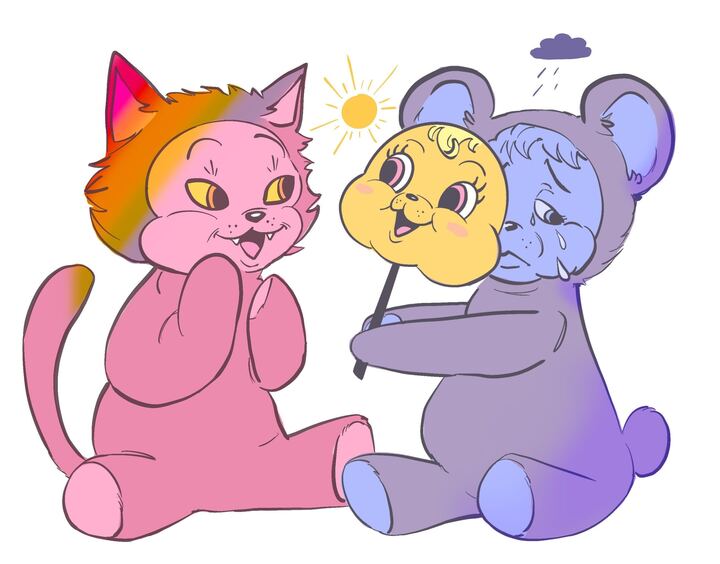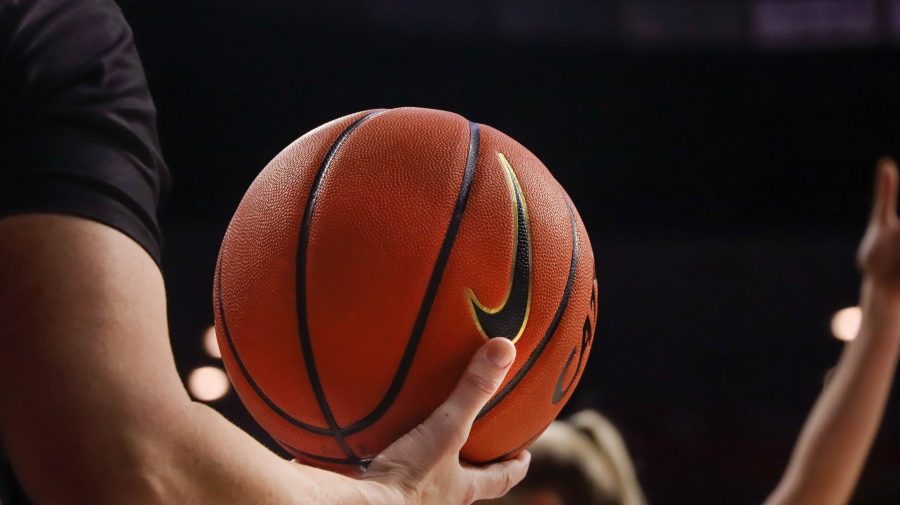Have you noticed? The clubs across campus are looking a bit thinned out, and not only during this especially busy time. There is evidence of decreasing participation in extracurriculars across the University of Arizona, which is mirrored throughout the United States. This trend should concern us, because its effects reach to the strength of democracy in the United States.
This year’s ASUA election made the phenomenon tangible. On February 20, 2019, ASUA’s elections commissioner Marlon Freeman announced that the primary election would be cancelled because of low participation. For the first time since 2010, only one candidate was running for student body president. Only one candidate ran for each of the two vice presidential positions. In fact, of all of the positions available, students only had a choice for one: at-large senators.
RELATED: EDITORIAL: Beat the end-of-semester heat and de-stress
From casual observation and conversation, declining participation appears to be true throughout campus. However, to inform my opinion, I reached out to 15 clubs on campus, asking about club participation over the last few years.
Of the 15 clubs, I received 8 responses, with much stronger information than I expected. A summary: for one club, membership increased, though with low active involvement, for another club, membership was about normal, and the other six, unequivocally, saw decreasing membership.
This decreasing membership looks different for the clubs who responded. UA’s Ballroom Dance Club saw no difference in declining membership. However, like we saw at the large level in ASUA, finding leaders has been a challenge. According to the anonymous respondent, “We have had to seek out and ask people to take leadership roles as not enough people are volunteering to take the roles when not specifically asked to do so. We have managed to have someone run for every leadership position, but very few leadership positions have more than one person run.”
Other clubs have seen applicants to the club decline. Lee Ann Hamilton, the coordinator for Stressbusters, a club that provides 5-7 minute stress-relieving backrubs, said “We have seen a significant decrease in the number of applicants for the Stressbusters free back-rub program over the past two years. And, volunteers seem to dwindle more quickly as the school year comes to an end.” However, as was the case with most of the clubs who responded, there is “a small core of very committed volunteers who are fantastic!”
For the UA Fish and Wildlife Society, decreasing membership has changed the personality of the club. Its president, Sandy Slovikosky, said, “I would say club participation and membership has generally declined over the past several years. It is harder to find committed members who are willing to take on leadership positions. Overall, the personality of the club has changed from being spunky and energetic to more laid-back with less interest.”
RELATED: OPINION: Wanna be woke? Stop asking your friends
An anonymous member of the Secular Students Alliance, or SSA, pointed to a hard truth about declining membership around campus. The trend reaches to people who would not have left the club otherwise. “Around my freshman and sophomore years there were regularly 20 or more people at meetings, with a full classroom and taking twenty minutes just to get through the weekly short introductions, but the meetings earlier in the fall this year, the last few I attended, were down to less than 10 members, and these were generally the regulars. It just made me less inclined to take an hour out of my week when it didn’t have the same social aspect it used to.”
Matthew Minor, president of UA’s College Republicans says that participation in the club has increased over this school year. However, regarding dedication to the club, he says “I believe it is hard for any club to find dedicated members since we as students all have to focus primarily on our education.”
This statement may point into one of the deeper problems we are facing. The Essential Report found that more than half of Americans are not involved in community clubs because they have no time outside of work and home responsibilities. College students might just be too busy for strong extracurricular involvement.
According to HSCB, a banking and financial services company, students daily spend more time working than going to lecture, studying or visiting the library. About 85% of college students work, 57% out of financial necessity. These numbers are higher than ever. This busyness undoubtedly contributes to students having less time to participate in extracurriculars.
However, others think it is a trend in attitudes. The other half of respondents in the Essential Report claimed they just aren’t club joiners. According to John-Paul Flintoff, writer for the Guardian, most of the barriers to joining clubs is in our heads.
Economist Robert D Putnam wrote about declining participation in his 2000 book Bowling Alone. He found that lower community involvement made collective problems harder to solve, business transactions harder, it lowered trust, lowered awareness of mutual connectivity, decreased the flow of information, and decreased health and happiness.
There are also effects on our democracy. Robert Reich, Bill Clinton’s former Labor Secretary believes that a society that is not active through organized structures is a vulnerable society. According to the Atlantic, the “countervailing power” to balance corporate fundraising machines and powerful politicians came from the large populace engaged in their communities. Losing this means losing bottom-up power to affect policy.
Others still say that this is already threatening American communities, and making us more divided.
These trends across America can be perpetuated or reversed at our university level. According to Reuters Health, those who were most active in school tend to stay engaged as they age. However, declining participation in UA clubs is unmistakable and threatening. I wish I could just ask every student to be involved in one of the more than 600 clubs on campus, but something deeper is affecting us. More research should be done to find out why people aren’t joining or sticking with clubs and organizations, and why students aren’t taking leadership positions. The problem and the consequences are so much larger than our campus.
I will conclude with a quote by the previously mentioned Sandy Slovikosky. She is optimistic that she can combat this trend, and perhaps she is right, in that all we need is more dedication. She says, “ I also think this can still change. A huge part of it is setting a friendly, welcoming, and lively atmosphere at the start of the semester and providing fun opportunities for people, particularly new students, to hang out and bond with other members.”
Follow the Daily Wildcat on Twitter









